
Sign in to your XDA account
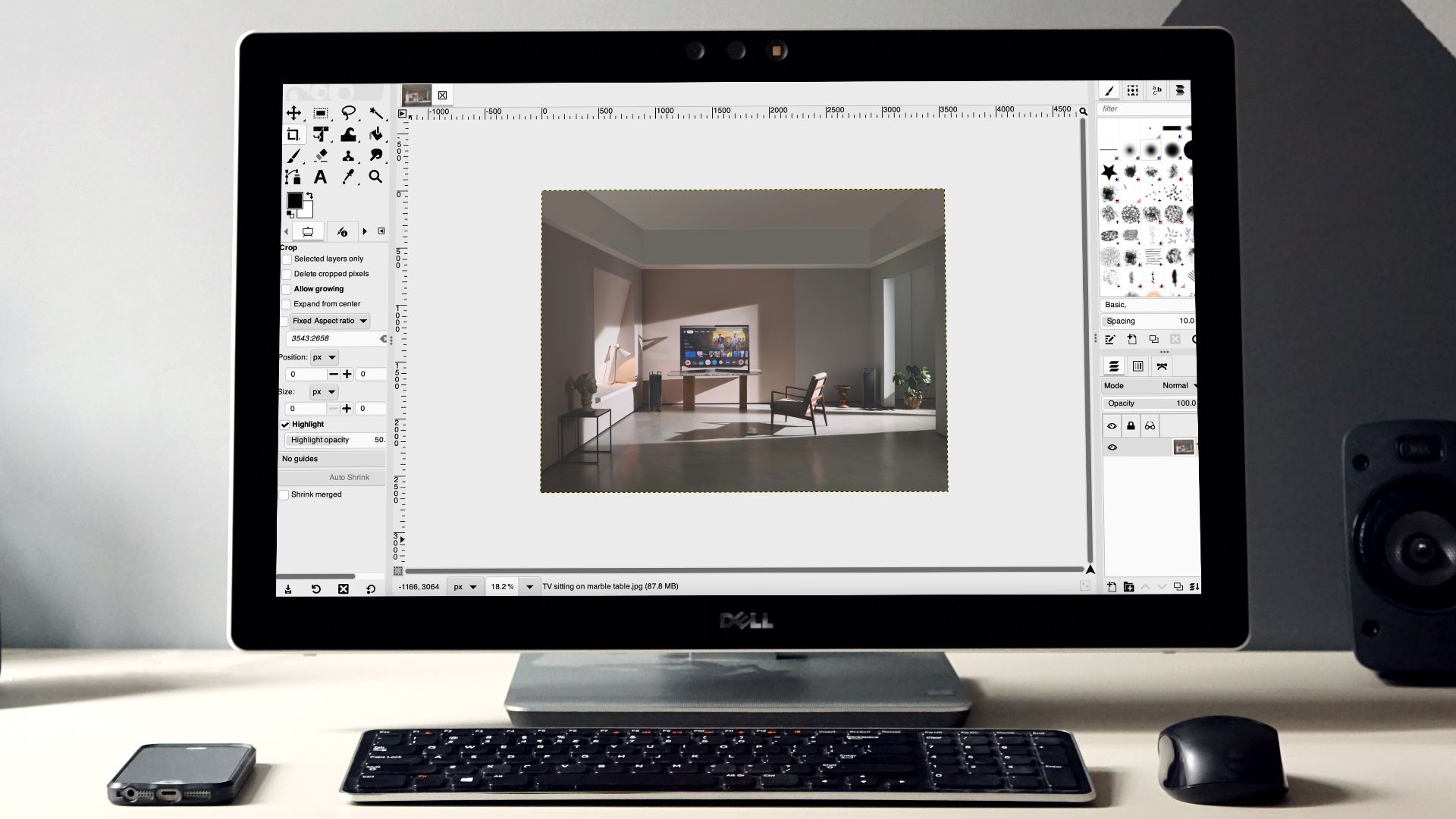
In a world saturated with digital imagery, a robust photo viewer is far from a mere utility now. It's a necessity if you're a seasoned digital creator meticulously curating your portfolio, or a casual smartphone shooter simply seeking convenience when sifting through holiday snaps. Having the right tool can significantly enhance your experience, because nobody likes the complexity of importing everything into Adobe Lightroom or its pro-tier alternatives just to level the horizon. Basic editing tools for those quick tweaks — a crop here, a color adjustment there — saves you time and effort in the long term.
Windows users are typically greeted with Microsoft Photos as the default image handler. While it serves as a basic entry point into image viewing and organization, it often leaves me wanting more, whether it's speed, broader file format support, or more advanced and accessible editing features. Thankfully, there are plenty of software options eager to take its place, providing enhanced functionality without costing a dime. If you're seeking greater efficiency, a richer feature set, or simply a more streamlined viewing experience, it's time to explore what else is out there.
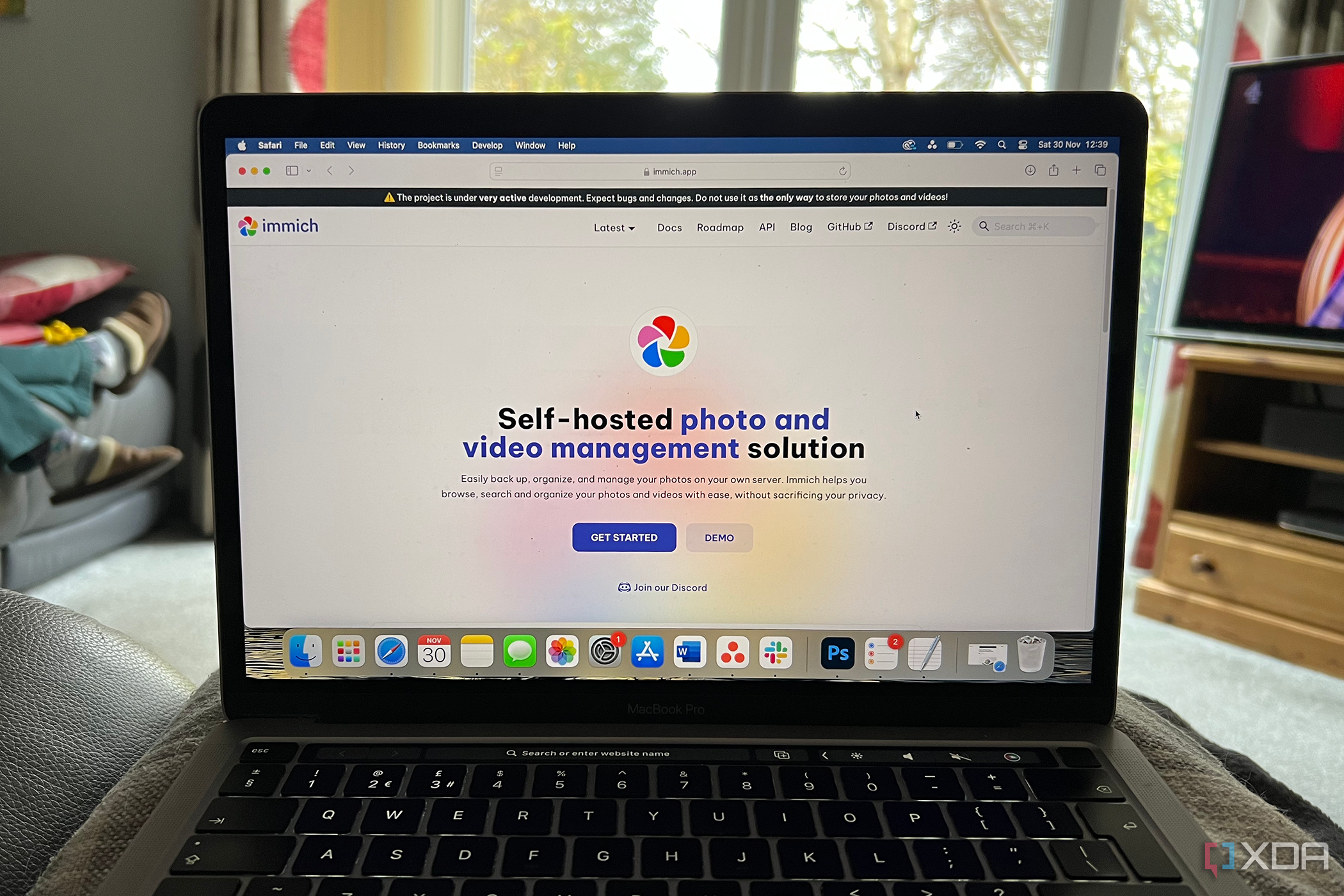
Related
6 open-source photo management tools that rival Google Photos
Don't let Google Photos control your photo storage and management
5 FastStone Image Viewer
Understated simplicity without compromise
FastStone's suite of apps has long been a favorite in the freeware community, and for good reason. Its Image Viewer strikes an excellent balance between a user-friendly interface and a comprehensive set of features, making it suitable for both novices and more demanding users. Unlike the sluggish Microsoft Photos, FastStone is known for its speed and stability when dealing with large image libraries. It supports a vast array of image formats, including popular RAW formats from various camera manufacturers like Canon (CR2, CRW), Sony (ARW, SR2, SRF), Nikon (NEF, NRW), and more — an area where Microsoft's default may require additional codecs or prove limiting.
Beyond just viewing, FastStone Image Viewer incorporates an impressive suite of editing tools. Users can try resizing, cropping, color adjustment (including levels and curves), red-eye removal, and even apply effects like oil painting or sketching. These are readily accessible and more intuitive than in Microsoft Photos. Furthermore, FastStone offers a capable batch processing function, allowing users to convert and rename multiple images simultaneously — a significant time-saver for anyone managing large photo collections and a convenience that Microsoft can't hold a candle to.
One of FastStone Image Viewer's standout features is its full-screen mode, which provides an uncluttered viewing experience by default. Access to image EXIF data and navigation tools is via hidden menus that appear when your cursor nears the edges of the screen. It also boasts a high-quality magnifier, side-by-side image comparison, and the ability to create musical slideshows with over 150 transition effects. Emailing images, managing them with a folder tree, and even acquiring images from a scanner are all seamlessly integrated, offering a much more holistic image management experience compared to the more compartmentalized Microsoft Photos. For personal and educational use, this powerful tool is a great and completely free starting point.
4 FlyPhotos
Breeze through your work
FlyPhotos emerges as a compelling, ultra-lightweight photo viewer for Windows, positioning itself as a spiritual successor to the beloved but now-discontinued Picasa Photo Viewer. Its primary design goal, as stated on its official GitHub page, is speed — aiming for blazing fast startup and image loading, even with large RAW files exceeding 100MB. This focus on rapid performance directly addresses a common pain point for users of Microsoft Photos, which often feels slow or resource-intensive, especially when opening large files or browsing extensive libraries. FlyPhotos achieves this speed through in-memory caching, now enhanced with disk caching for previews, ensuring that once images are scanned, navigating between them is incredibly swift.
The user experience in FlyPhotos is crafted for simplicity and efficiency, mirroring some of Picasa Photo Viewer's most appreciated features. It boasts a full-screen mode with a transparent background, allowing the image to take center stage. Navigation is intuitive, using on-screen arrow buttons or keyboard arrow keys, with a fly-through feature activated by a long press, rapidly cycling through cached images. This fluid navigation aims to make traditional thumbnail strips redundant. Unlike Microsoft Photos' defined application window, FlyPhotos offers a quick exit from full-screen mode by clicking outside the image area. The program closes with the Escape key.
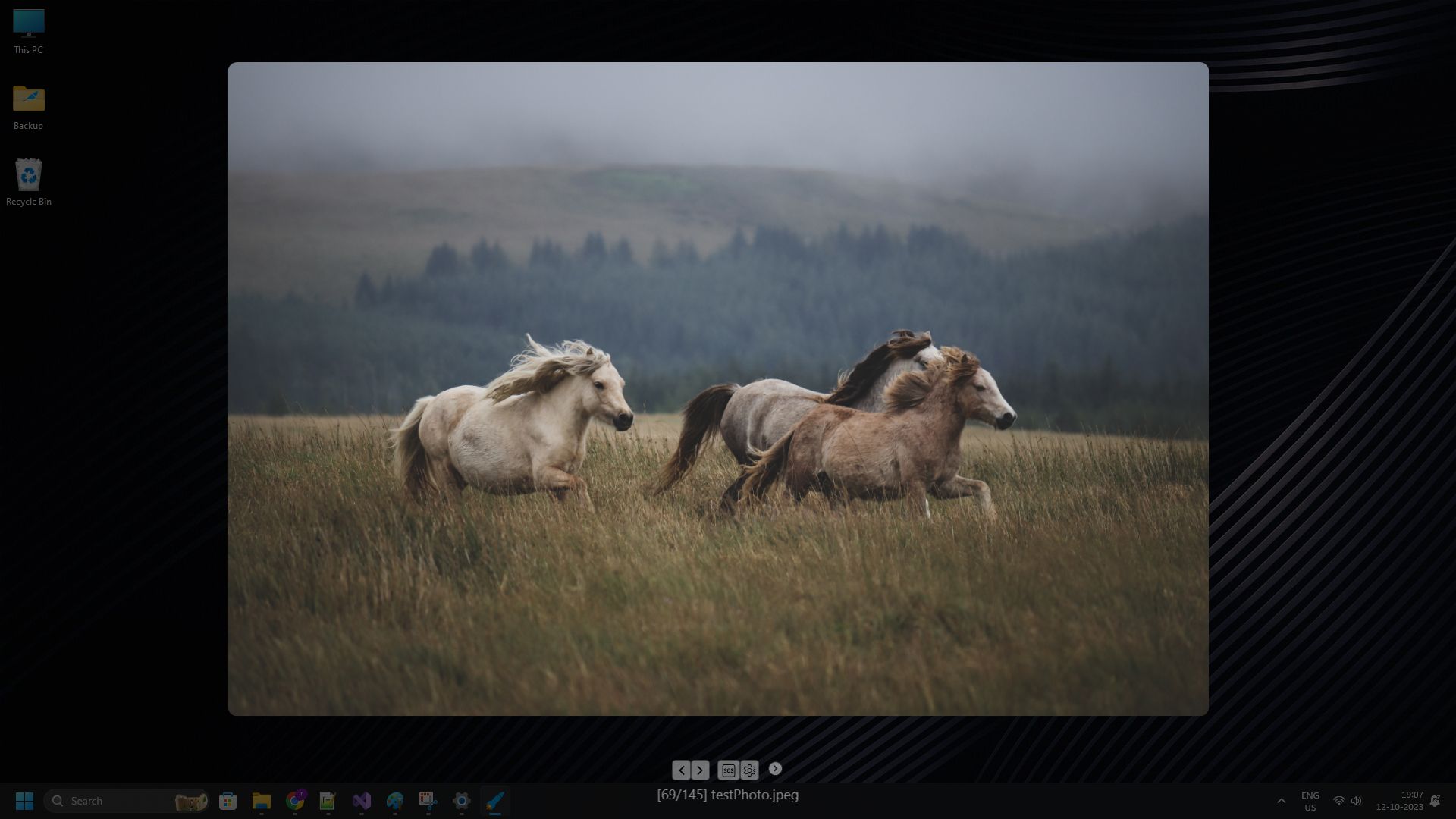
Source: FlyPhotos on GitHub
FlyPhotos respects the user's existing Windows Explorer setup, meaning it adheres to the sort order and filtering applied in Explorer. If you open an image from a filtered search in Explorer, FlyPhotos will navigate only through those filtered results, offering a seamless workflow that feels more integrated with the operating system's file management than Microsoft Photos' often separate library management. While it currently supports formats that Windows Photos can open, its core strength is the sheer speed and minimalist, Picasa-like viewing experience for those who prioritize quick access and navigation over extensive editing features.
3 ImageEye
When speed is of the essence
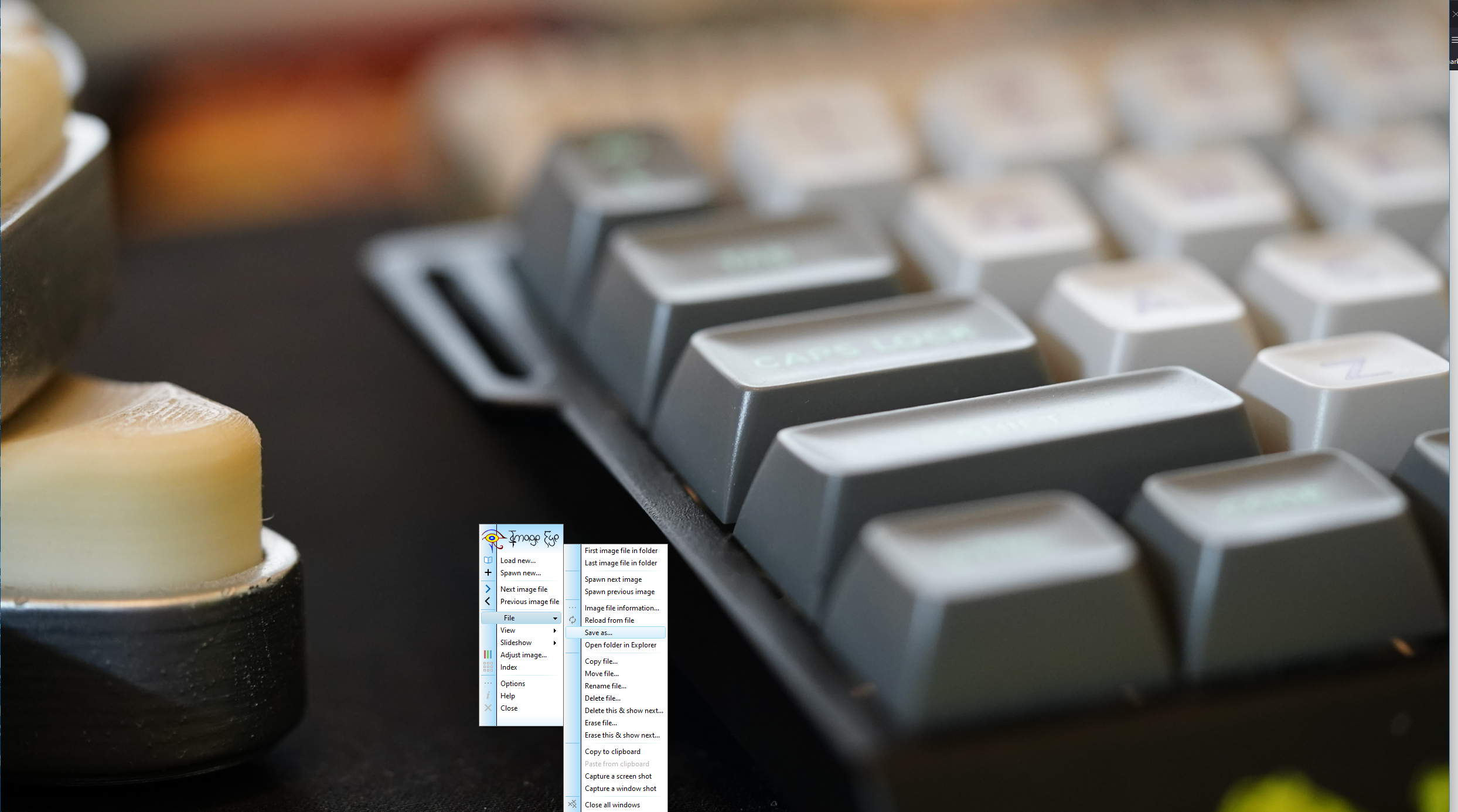
ImageEye from FMJ-Software might be confused with an image downloader by the same name. Still, it takes a minimalist yet powerful approach to image viewing, focusing on speed and a clutter-free experience, quite like FlyPhotos. Its core philosophy is to present the image itself, without the distraction of bulky menus or toolbars that crowd the interface in Microsoft Photos. By default, even the window title bar is hidden, providing a clean, border-only view of your picture. This dedication to simplicity, however, doesn't mean it skimps on performance or essential features.
Under the hood, ImageEye is optimized for rapid image display. It employs techniques like asynchronous file I/O, so images are decompressed while data is still being read, and speculative decoding that helps prep the next image in a folder for viewing. This can be a significant improvement over Microsoft Photos, especially when navigating through folders containing many high-resolution images. ImageEye also offers high-quality image resampling using Catmull-Rom interpolation for resizing, ensuring quality is maintained.
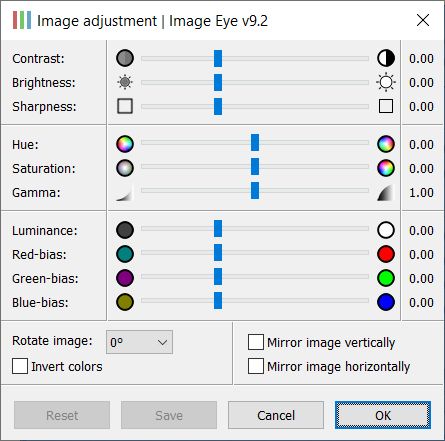
Source: ImageEye
While it eschews complex editing suites, ImageEye still provides access to essential image adjustments via a right-click menu. You can adjust brightness, contrast, gamma, hue, and saturation. It also supports a wide range of common image formats, including JPEG, PNG, GIF, BMP, TIFF, PSD, and WebP, and can read various metadata formats, like EXIF, IPTC, and XMP. For users who prioritize a lightning-fast, no-nonsense viewing experience and only need basic image property adjustments, ImageEye presents a compelling, streamlined alternative. It's offered as freeware with no advertising or trial periods.
2 IrfanView
The solution for power users
IrfanView is a legendary name in the world of free image viewers, renowned for its incredible speed, lightweight footprint of just a few megabytes, and extensive functionality. It has been around for decades and has cultivated a loyal following by being both simple enough for beginners and powerful enough for professionals. One of its key advantages over Microsoft Photos is its heavy reliance on keyboard shortcuts for operational efficiency. This image viewer also performs reliably on older hardware. IrfanView is designed to be fast, and it delivers, opening images almost instantly.
Despite its small size, IrfanView supports an astonishing number of file formats — a slew of camera RAW formats, as well as audio and video files. It offers batch conversion and renaming, screen capture, scanning support, and the ability to create slideshows, which you can save as executables or screensavers. Basic image editing tools, such as crop, resize, lossless JPEG rotation, color correction, and various effects, are readily available. For more advanced operations, IrfanView supports Adobe Photoshop plugins, vastly expanding its capabilities beyond what Microsoft Photos can offer.
IrfanView's interface is highly customizable, from toolbar skins to shortcut keys. It provides options for thumbnail views and can display EXIF/IPTC information. Unlike Microsoft Photos, which is more integrated into the Windows ecosystem, IrfanView offers a more standalone, no-frills, but incredibly versatile experience. It remains free for non-commercial use, with a very modest registration fee for commercial users, making it an exceptional tool for users of all skill levels. However, there is a slight learning curve with this one, and the official documentation is worth a read if you're struggling.
1 Nomacs — Image Lounge
No, this one's for macOS too
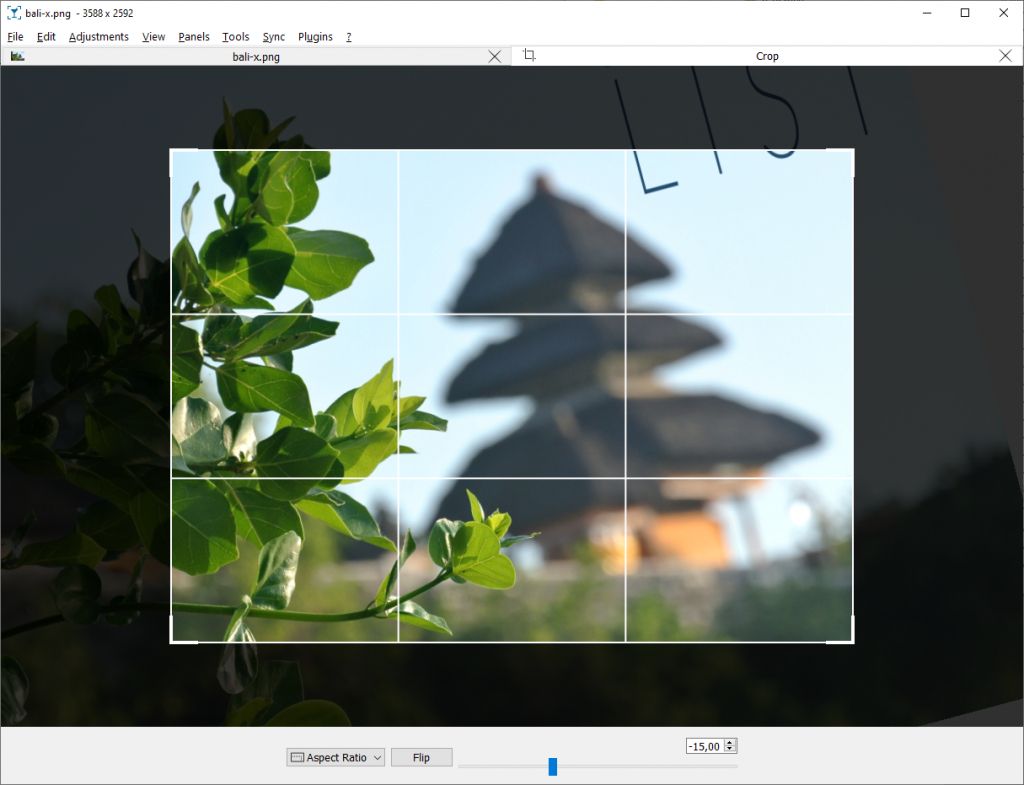
Source: Nomacs Blog
Nomacs is a free, open-source image viewer that supports multiple platforms, including Windows, Linux, macOS, Debian, Arch Linux, and FreeBSD. It makes it versatile for users who use different operating systems simultaneously and would like the familiarity of a single UI across them all. It offers a balance between a modern interface and a rich feature set. Nomacs can handle all common image formats, including RAW and PSD files, ensuring wide compatibility for photographers and designers.
One of Nomacs' standout features is semi-transparent widgets that can display additional information like thumbnails, metadata (EXIF, IPTC, XMP), or a histogram without permanently cluttering the main viewing area. This is arguably a more user-friendly approach than Microsoft Photos' handling of the same information. Nomacs also includes image manipulation tools for adjusting brightness, contrast, saturation, hue, gamma, and exposure, so you can fix images in a hurry. It even features a pseudo-color function for creating false-color images, a tool not found in most basic viewers.
Nomacs can also sync across multiple instances, like when you're using the program to view files from separate folders. This allows users to compare images side-by-side, with actions like zooming or panning mirrored across the instances, or even overlaying images with adjustable opacity. This is invaluable for tasks like comparing different edits of a photo or examining subtle differences between images, presenting a level of convenience that Microsoft Photos can only dream of. Nomacs also allows perusing images within ZIP archives or MS Office files, and supports filtering files within a directory. Like other third-party software on this list, it also offers caching to ensure quick navigation between images.
Sticking with the default might prove suboptimal
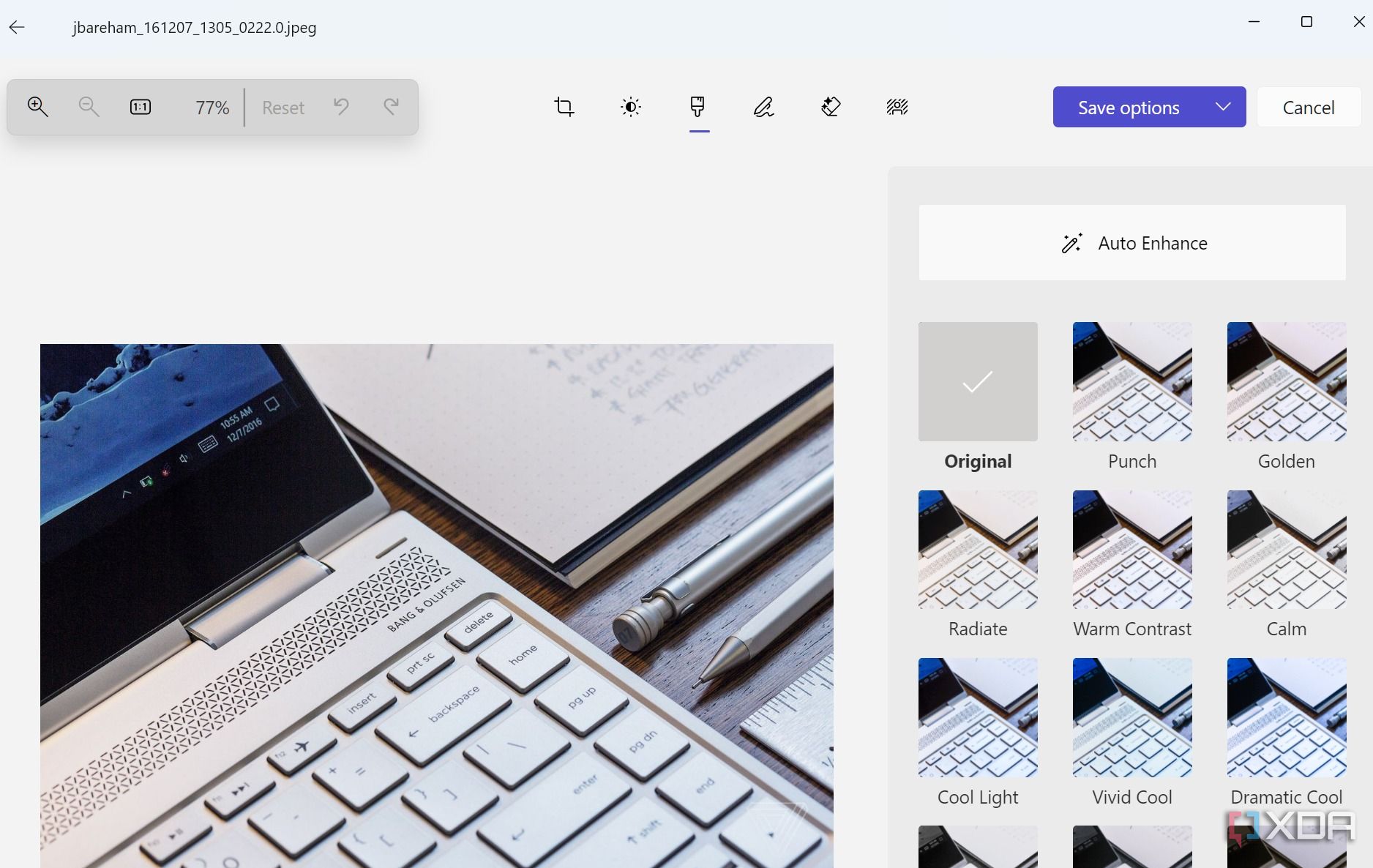
The world of free software truly offers a wealth of powerful, feature-rich alternatives to the pre-installed Microsoft Photos. Whether you're a professional needing robust RAW support and batch processing or a casual user looking for a streamlined way to flick through your albums, there's likely a free image viewer on this list that better suits your needs. I've tested each of these applications with varying degrees of success, but collectively, they just go to show that sometimes indie devs can outdo massive corporations without burning a hole in the wallet of end users like you and me.
.png)
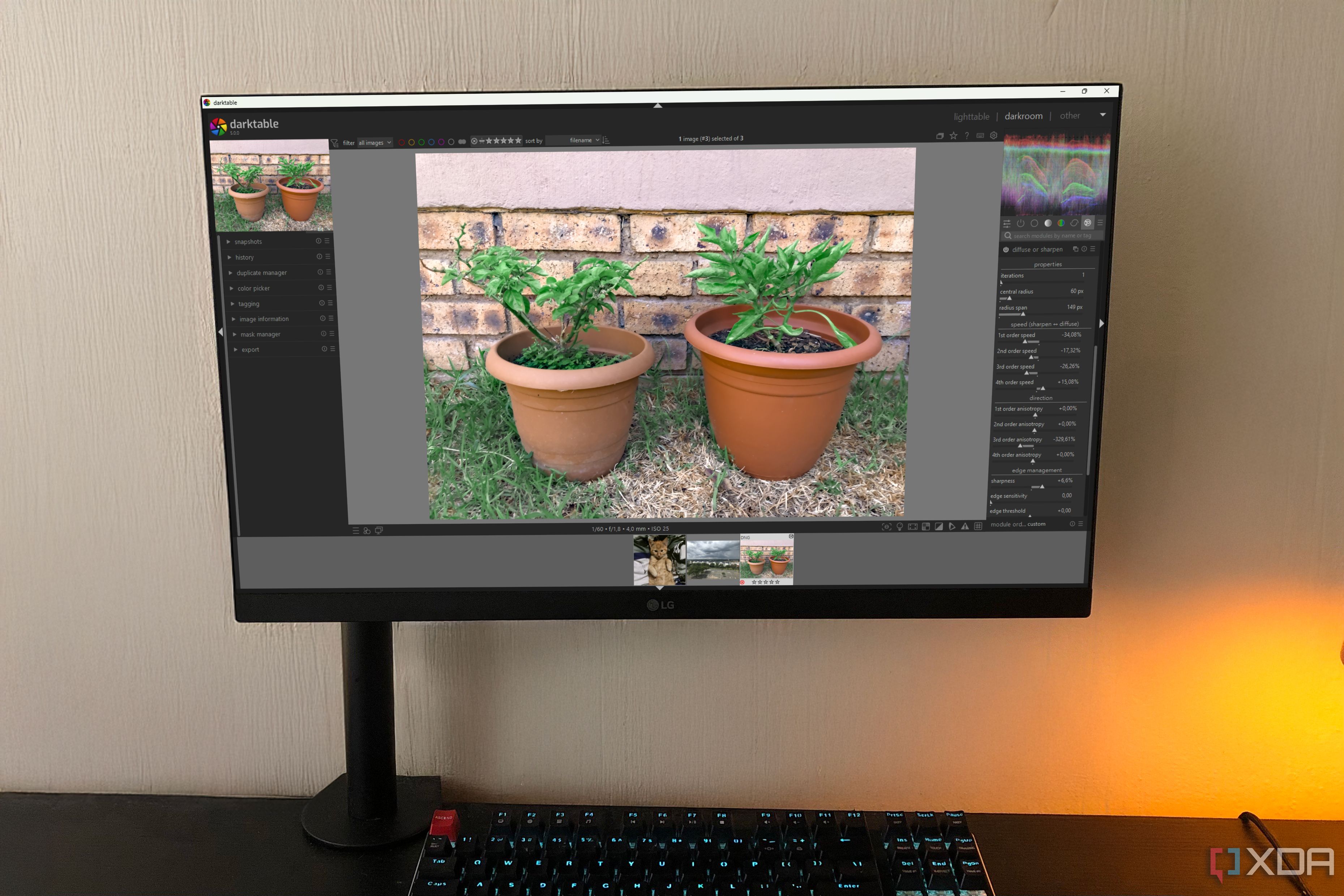
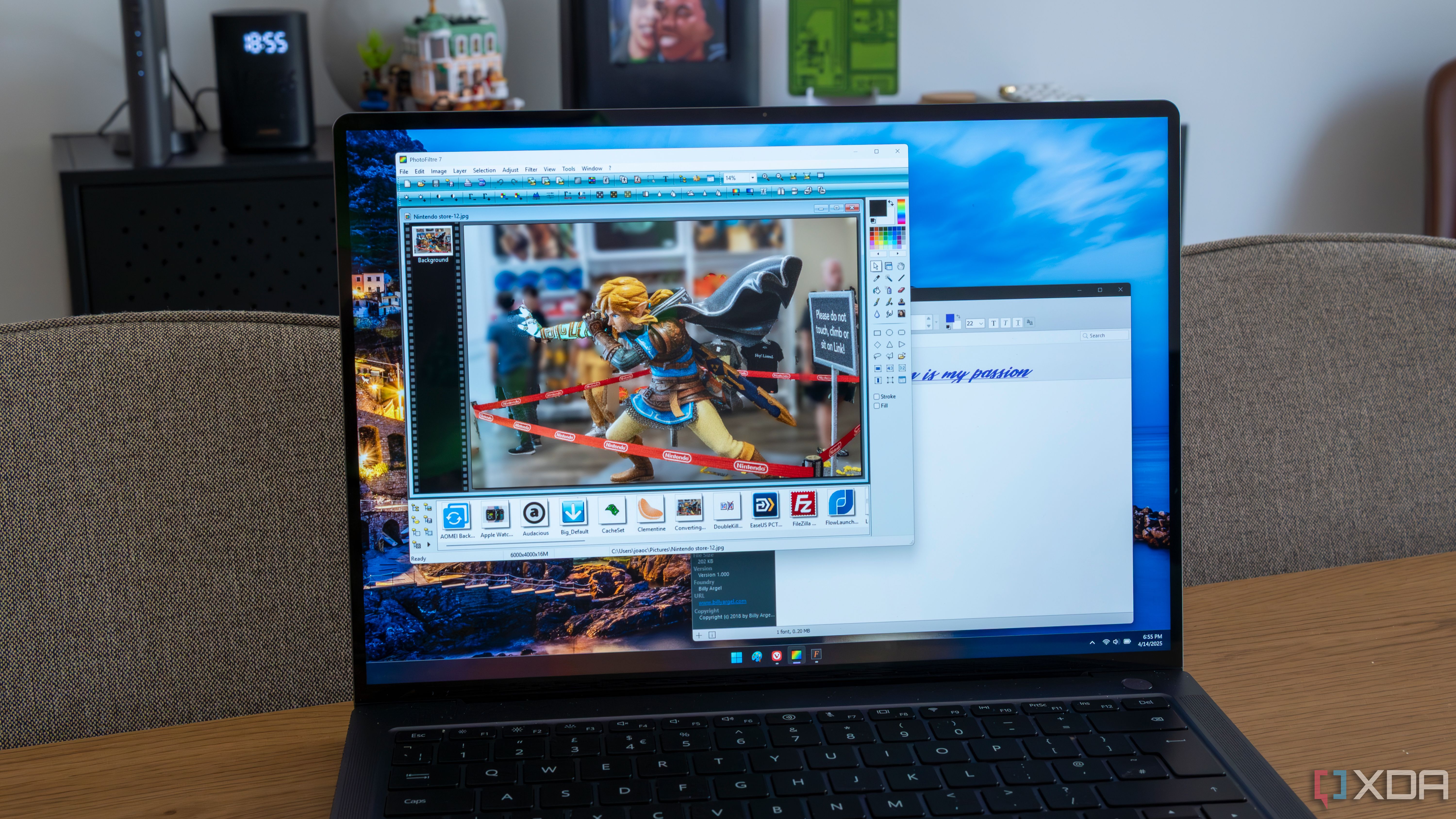


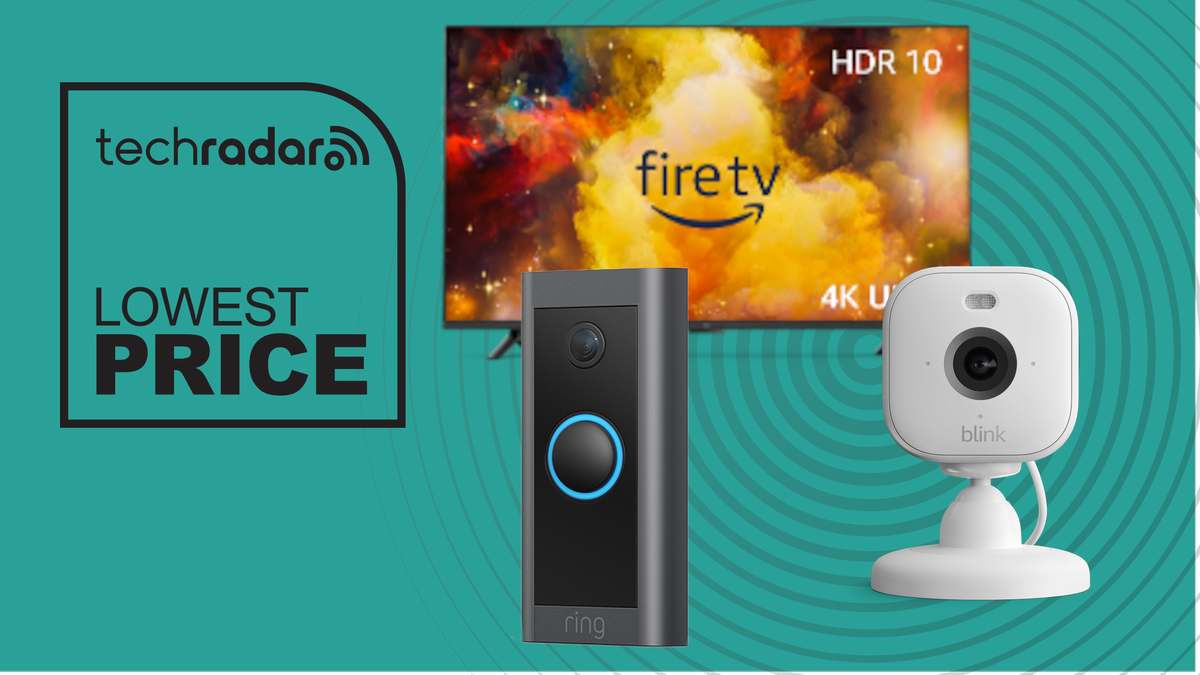







 English (US) ·
English (US) ·